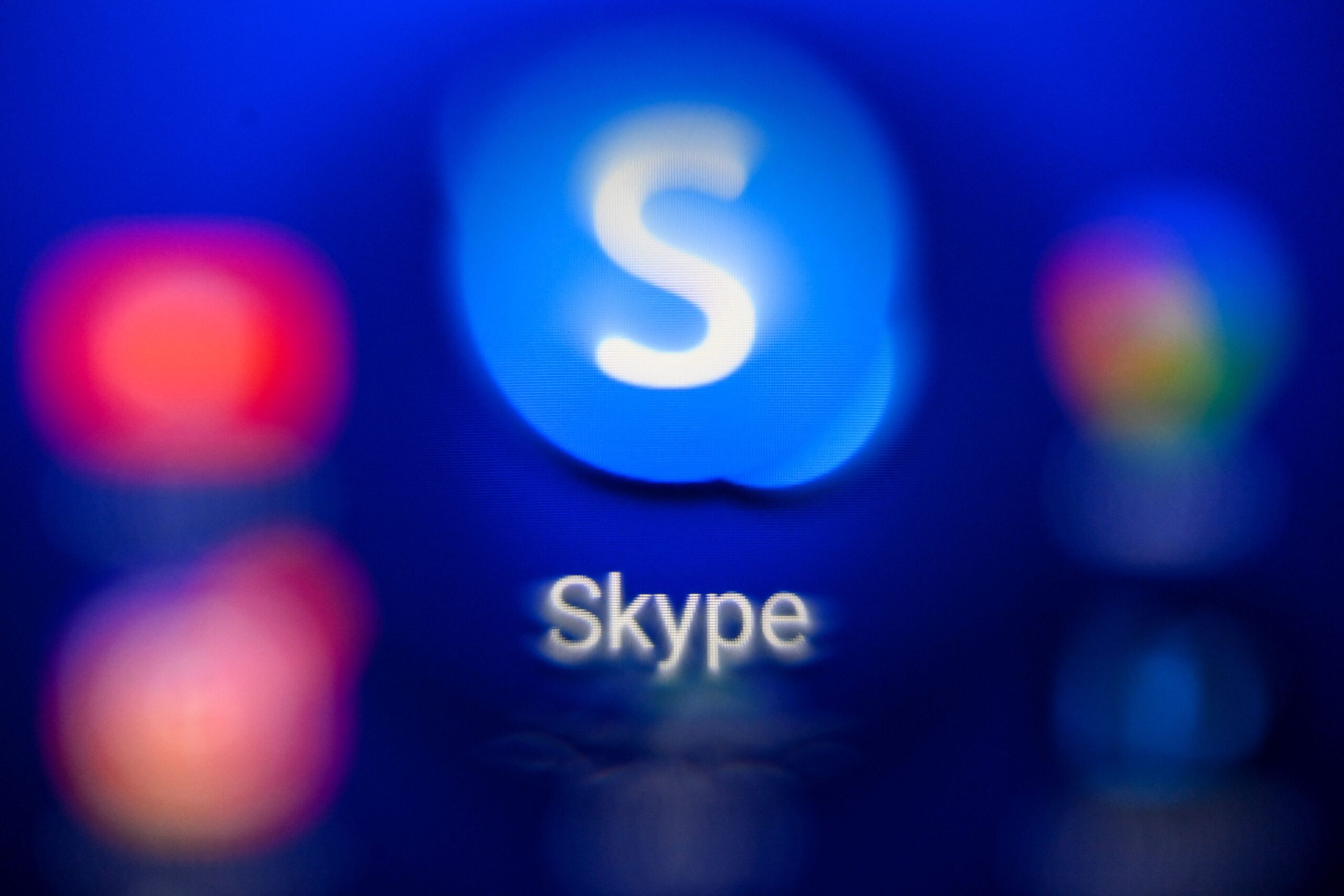
The End of an Era: Microsoft Bids Farewell to Skype, Ushering Users to Teams
After nearly a decade and a half under Microsoft’s umbrella, Skype, the pioneering VoIP service that revolutionized communication for millions, is set to be retired on May 5th. The announcement, delivered via a blog post by Jeff Teper, President of Collaborative Apps and Platforms at Microsoft, marks the end of an era for a platform that once stood at the forefront of digital connectivity. The decision stems from a strategic shift, aimed at streamlining Microsoft’s consumer communication offerings and consolidating efforts into its more modern and feature-rich platform, Microsoft Teams.
Skype’s journey began long before its acquisition by Microsoft. Emerging from the mid-2000s, it quickly established itself as a market leader, providing users with a novel way to connect with loved ones and colleagues across geographical boundaries. Its ability to facilitate free HD voice and video calls, along with text messaging capabilities, democratized communication in a way that was previously unimaginable. For many, Skype was their first foray into the world of video chatting, making it a truly groundbreaking technology.
James Hennessy, editor at Australian news outlet Capital Brief, highlighted Skype’s initial impact, noting that it was "honestly a market leader at the time." However, he also pointed to a series of acquisitions and a subsequent "loss of its strategic lead" as contributing factors to its eventual decline.
The news of Skype’s impending shutdown has been met with a mixture of reactions, ranging from nostalgia and sentimentality to excitement and anticipation for the future. The situation echoes the closure of other beloved telecommunications platforms, such as Omegle, which was shuttered in November 2023, evoking a sense of longing for a bygone era of internet connectivity.
Skype’s core functionality revolved around Voice over Internet Protocol (VoIP), enabling users to make and receive audio and video calls over the internet. Beyond basic communication, Skype offered subscription and pay-as-you-go options, catering to a wide range of user needs. Microsoft’s website lauded Skype’s versatility, stating that it allowed users to "have meetings and create great things with your workgroup, share a story or celebrate a birthday with friends and family, and learn a new skill or hobby with a teacher." The platform offered free usage for messaging and audio/video calls with groups of up to 100 people.
Despite boasting hundreds of millions of users in its prime, Skype struggled to maintain its competitive edge against the rise of newer, more agile platforms like Zoom and, most notably, Microsoft Teams. This shift in the landscape ultimately paved the way for Microsoft’s decision to consolidate its efforts and migrate Skype’s functionality into Teams.
Microsoft’s rationale for the transition is rooted in the significant growth and adoption of Microsoft Teams. According to an April 29th statement, "In the past two years, the number of minutes spent in meetings by consumer users of Teams has grown 4X." This surge in usage underscores the platform’s increasing popularity and its ability to meet the evolving communication needs of users.
Teams offers a comprehensive suite of features that mirror and expand upon Skype’s core functionalities. It provides 1:1 calls, group calls, messaging, and file sharing, all for free. Furthermore, Teams enhances the communication experience with features like meeting hosting, calendar management, and the ability to build and join communities.
The transition from Skype to Teams is designed to be as seamless as possible for users. Microsoft assures that any contacts and chats from Skype will automatically appear when users log into the free version of Teams using their Skype credentials. While the Skype application itself will be retired, the underlying account will continue to exist, seamlessly integrated into the Teams ecosystem.
For paying Skype customers with active subscriptions or Skype Credits, the transition offers continued access to paid features. These users can continue to utilize their subscriptions and credits after May 5th through the Skype Dial Pad, accessible via Skype on the web or the free version of Teams.
While Microsoft emphasizes the benefits of consolidating efforts into Teams, the announcement has inevitably sparked a wave of nostalgia and reflection among long-time Skype users. Social media platforms are awash with anecdotes and reactions to Skype’s impending demise, with users sharing memories of the platform’s role in connecting them with loved ones, facilitating business collaborations, and shaping the way they communicate online.
The end of Skype marks the closing of a significant chapter in the history of digital communication. While its legacy will endure as a pioneering force that revolutionized the way people connect, Microsoft is banking on Teams to carry the torch forward, offering a more comprehensive and integrated communication and collaboration experience for the future. As users prepare to bid farewell to Skype, they are simultaneously embracing the possibilities that Microsoft Teams has to offer, ushering in a new era of digital connectivity. The move reflects the ever-evolving nature of technology, where innovation and adaptation are key to staying relevant in a constantly changing landscape.
